Water absorption and electrical conductivity for internally cured mortars with a W/C between 0.30 and 0.45, http://dx.doi.org/10.1061/(ASCE)MT.1943-5533.0000377
Revista : Journal of Materials in Civil EngineeringVolumen : 24
Número : 2
Páginas : 223-231
Tipo de publicación : ISI Ir a publicación
Abstract
Internal curing has emerged over the last decade as an approach to counteract the negative effects associated with self-desiccation in low water to cement ratio (w/c) mixtures. Specifically much of the early research on internal curing focused on the reduction of autogenous shrinkage. Recent work has however demonstrated that internal curing can also be beneficial in reducing drying shrinkage cracking, reducing the propensity for thermal cracking, reducing fluid absorption and reducing ion diffusion in concrete. However several aspects of internal curing still require closer examination. One of these aspects is the application of internal curing for mixtures with a wider range of water to cement ratios. This paper describes results from experiments that investigated the potential use of internal curing in mortar systems with w/c of 0.30, 0.36, 0.42, and 0.45 cured under sealed conditions in terms of water absorption and electrical conductivity. Test results show that internal curing reduces the water absorption in all the systems. Similarly, results obtained on electrical conductivity at late ages (1 year) also show a benefit. It was also found that care needs to be taken to analyze electrical conductivity results at early ages due to the increased amount of fluid because of the inclusion of the prewetted lightweight aggregate.




 English
English
